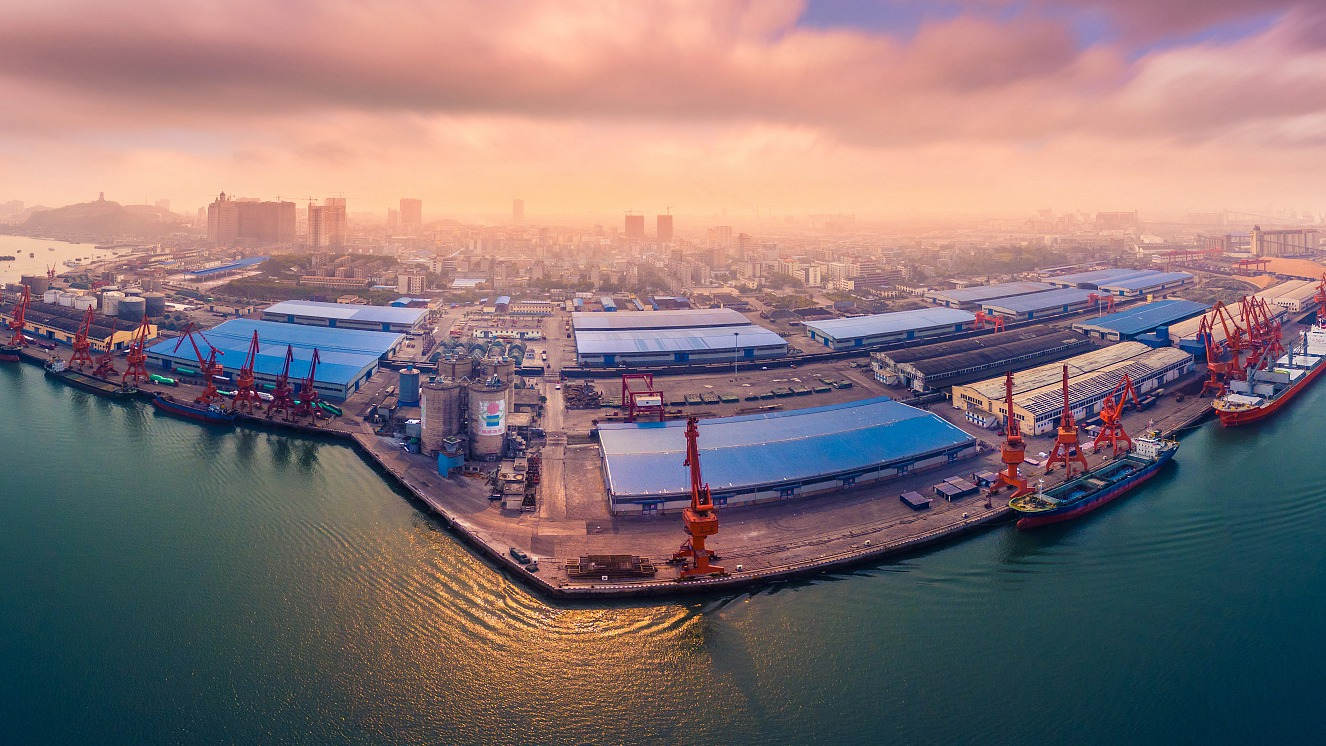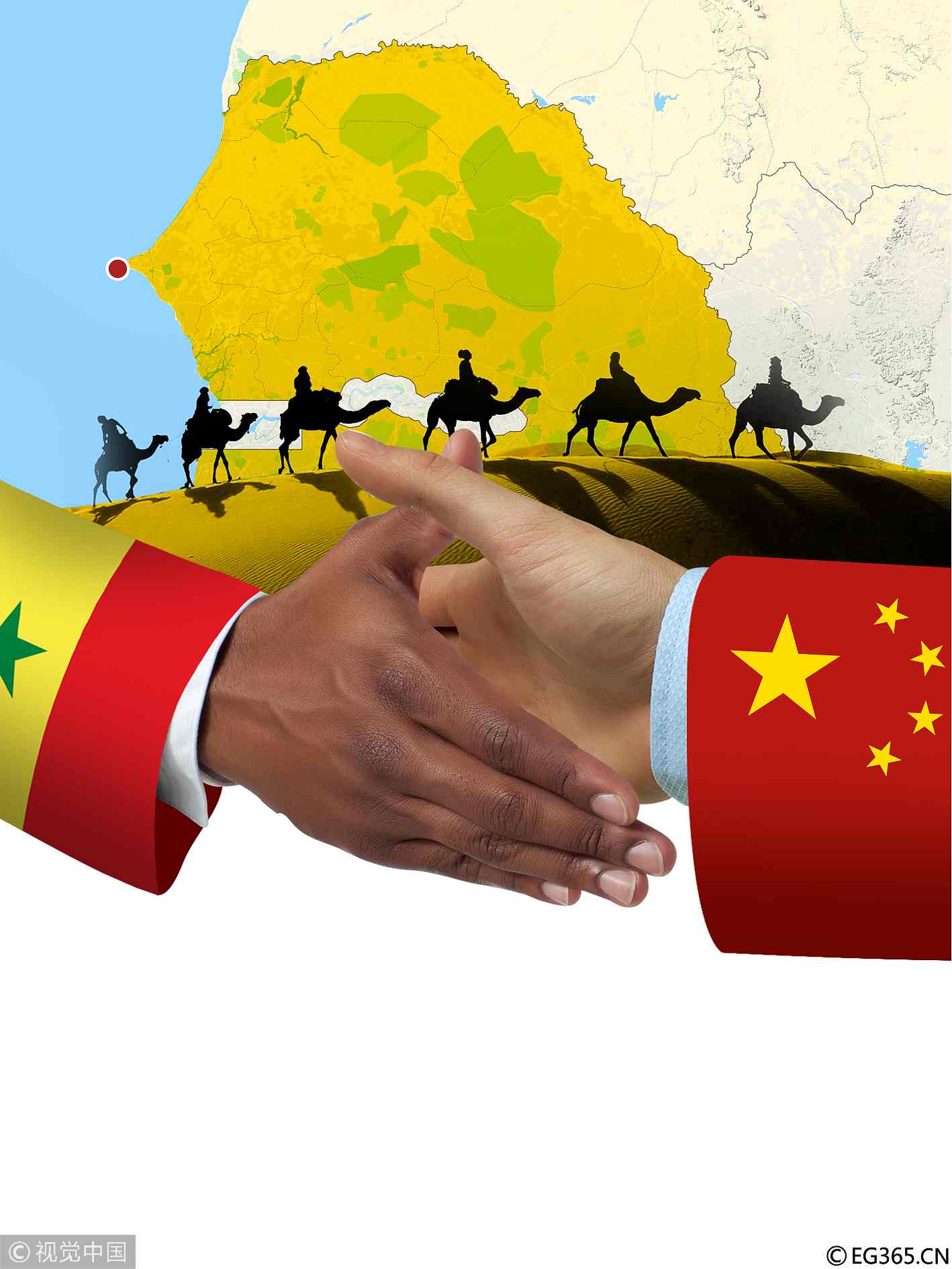
Opinions
12:36, 30-Jul-2018
Opinion: How to explain the Belt and Road Initiative to the world
Updated
11:53, 02-Aug-2018
Jiang Shixue

Editor’s note: Jiang Shixue is a professor at the Institute of Global Studies at Shanghai University. The article reflects the author's opinion, and not necessarily the views of CGTN.
Remarkable progress has been made since the Belt and Road Initiative was put forward by Chinese President Xi Jinping almost five years ago. There is no doubt about its significance.
Often dubbed as a type of public good, the initiative is one of China’s most important contributions to world peace and development. It was written into the constitution of the Communist Party of China in 2017.
However, outside of China, there is still widespread misunderstanding, misjudgment and false perceptions among scholars, government officials, media and the business community about the Belt & Road. For instance, some tend to view the initiative as a tool for China to rule or conquer the world. Others rush to conclude that the initiative is simply a long-term strategy for China to compete with the West or even to rewrite international rules.

Senegal is the first West African country to sign a Belt and Road cooperation document with China. /VCG Photo
Senegal is the first West African country to sign a Belt and Road cooperation document with China. /VCG Photo
The root causes of the misunderstanding, misjudgment and false perceptions are twofold. On the one hand, many people in the West still look at China through tinted lenses. Hence, whatever China does and says is perceived as a kind of ill-minded endeavor to challenge Western dominance. On the other hand, the way of publicizing the Belt and Road Initiative by some Chinese scholars and the media is counterproductive.
Indeed, in order to make the initiative understood by the outside world or to defuse misunderstanding, misjudgment and false perceptions, Chinese scholars, journalists, government officials and businessmen must try their best to publicize it. In the process of doing so, however, there have been several shortcomings.
The biggest shortcoming is exaggeration. According to some Chinese scholars, the initiative is capable of achieving everything, from resisting anti-globalization to promoting global governance, from stimulating world economic growth to maintaining world peace. Some of them even claim that it will change the destiny of mankind that has been maintained for the past 1,500 years. Others predict that it will inaugurate another epic period in which China will again lead the world.
To a certain extent, these descriptions are far from realistic and fuel the Western mentality of a “China threat” or “fear of China.”
Another shortcoming is to see the initiative as a “basket” into which everything can be put. For instance, a Chinese company made a huge investment in a hydroelectricity dam in a Latin American country in a project that was described as a “flagship” of Belt & Road. In reality, the agreement to undertake the project was signed in 2009 and construction started in 2010, three or four years earlier than the birth of the Belt & Road.
A report that summarizes the progress of the initiative for the first three years claimed that “by June 30, 2016, China has signed 14 free trade agreements (FTA) with 22 countries and areas.” As a matter of fact, all these FTAs were concluded before 2013.
At a news conference in Beijing in early 2017, it was stated that 134 Confucius Institutes were built in 2016. The number is doubtful. The first Confucius Institute was established in 2004. According to Hanban, the Confucius Institute headquarters, after 13 years, i.e., by the end of 2017, China had opened 525 such institutes in 146 countries and areas. It is unlikely, therefore, that 134 institutes were established during 2016.
An article published by a Chinese news agency in May 2017 said, “Two months ago, the UN Security Council passed the Resolution 2344 (2017), calling on every country to push forward the construction of the Belt & Road,” implying that this UN document is written purposefully to encourage every country to participate in the Chinese initiative.
The UN Security Council did approve Resolution 2344 (2017) on March 17, 2017, but the document was not specifically about Belt & Road, as the Chinese article suggested. The full title of the UN document is: “Security Council Authorizes Year-Long Mandate Extension for United Nations Assistance Mission in Afghanistan, Adopting Resolution 2344 (2017)”. According to the resolution, the UN Security Council “[w]elcomes and urges further efforts to strengthen the process of regional economic cooperation, including measures to facilitate regional connectivity, trade and transit, including through regional development initiatives such as the Silk Road Economic Belt and the 21st-Century Maritime Silk Road (the Belt and Road) Initiative, and regional development projects, such as …”. That is to say, China’s Belt & Road is only one of many initiatives to tackle the Afghanistan issue.

A Belt & Road brand expo has been held in Shanghai since Jun 29, 2018. /VCG Photo
A Belt & Road brand expo has been held in Shanghai since Jun 29, 2018. /VCG Photo
Since Donald Trump became US President and the UK decided to quit the European Union, anti-globalization sentiment has been on the rise. Therefore, how to push forward globalization has become an urgent task for the world.
Some Chinese scholars waste no time in describing the Belt & Road as “the new wave of globalization” that is capable of replacing the current wave “dominated by Western capitalism.”
This prediction is logically problematic. The Belt and Road Initiative and globalization are two different things. Whereas the former is a concept composed of “five links” – policy coordination, infrastructure connection, trade facilitation, financial capital flows and people-to-people exchanges – the latter is the tendency for increasingly rapid cross-border movement of goods, capital, people, technology, ideas, etc. Therefore, by definition, the Belt & Road itself is not globalization per se. The initiative can help speed up globalization by making good use of the “five links.”
It is also a sad fact that five years after the Belt and Road Initiative was put forward, some Chinese scholars and the media are still occupied with the efforts to explain why it is important and significant. As a matter of fact, the urgency lies in the necessity of how to implement the “five links” in an unpredictable and uncertain world.
In the past five years, so many forums, conferences and seminars about the Belt & Road have taken place. A large number of these events are characterized by VIPs reading similar speeches describing the importance and significance of the project, resulting in less time to discuss ways and means of realizing the “five links.” Even many Chinese scholars are just repeating similar words.
Indeed, the Belt and Road Initiative is one of the greatest contributions China has made under the great leadership of Xi Jinping. In order to make it known correctly to the outside world, Chinese scholars, along with the media and government officials, have the obligation to publicize it in an objective and realistic way. Furthermore, they must work harder to tell the government and business community how to deal with all kinds of risks, problems, and challenges in achieving the “five links.”

SITEMAP
Copyright © 2018 CGTN. Beijing ICP prepared NO.16065310-3
Copyright © 2018 CGTN. Beijing ICP prepared NO.16065310-3